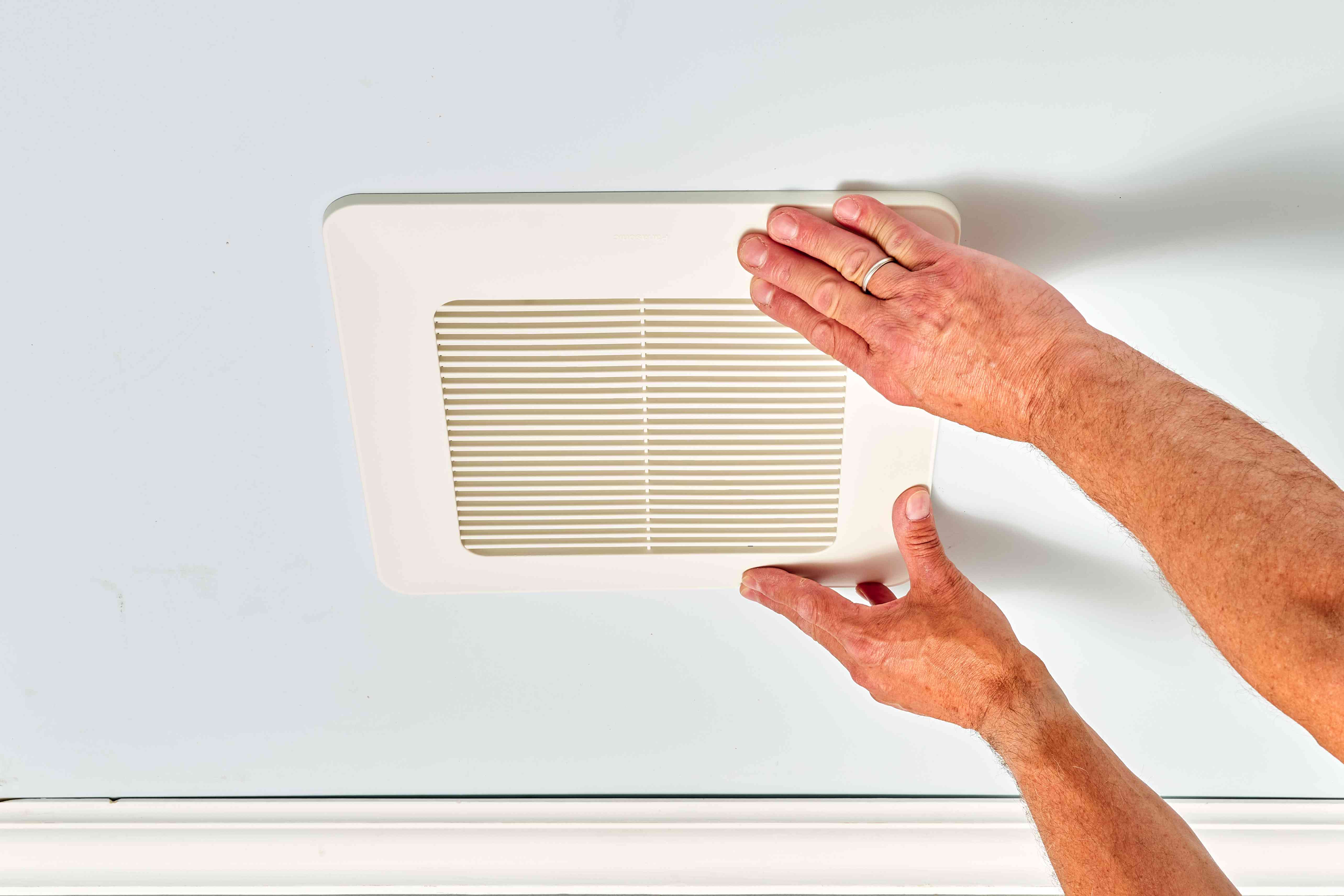

Articles
What Is An Exhaust Fan
Modified: February 20, 2024
Looking for articles on what an exhaust fan is? Find informative and helpful articles about exhaust fans and their benefits here.
(Many of the links in this article redirect to a specific reviewed product. Your purchase of these products through affiliate links helps to generate commission for Storables.com, at no extra cost. Learn more)
Introduction
An exhaust fan is an essential component in any modern household or commercial space. It plays a crucial role in maintaining air quality and ventilation by removing stale air, unwanted odors, and excess moisture from a room or building. Whether it’s in your kitchen, bathroom, or laundry room, an exhaust fan is designed to improve indoor air circulation, increase comfort, and prevent damage caused by excessive humidity.
With the rise of energy-efficient buildings and the increased emphasis on sustainability, the need for effective ventilation systems has become more vital. An exhaust fan is a cost-effective and efficient solution that not only improves air quality but also helps in maximizing energy efficiency.
In this article, we will delve into the world of exhaust fans, explore their different types, understand their working mechanism, discuss their benefits, and provide insights on how to choose, install, and maintain an exhaust fan.
So, if you’ve ever wondered what an exhaust fan is and why you should consider installing one, read on to learn everything you need to know.
Key Takeaways:
- Exhaust fans are crucial for maintaining healthy indoor environments by improving air quality, controlling moisture, eliminating odors, and promoting proper ventilation in residential and commercial spaces.
- Choosing, installing, and maintaining the right exhaust fan can lead to benefits such as enhanced comfort, protection against damage, energy efficiency, and improved overall well-being.
Read more: What Is CFM For An Exhaust Fan
Definition of an Exhaust Fan
An exhaust fan, also known as a ventilation fan or extractor fan, is a mechanical device that helps to remove unwanted air particles, moisture, and odors from a room or building. It works by creating a negative pressure environment that draws in fresh air while expelling the stale or polluted air to the outside.
An exhaust fan typically consists of a motor, blades, and a vent or duct system. The motor powers the blades, which rotate rapidly, creating airflow that pulls the air towards the fan. The vent or duct system is connected to the fan, allowing the expelled air to be safely and efficiently directed outside the building.
Exhaust fans are commonly found in areas of the home or workplace where humidity levels tend to be higher, such as bathrooms, kitchens, laundries, and basements. They are also used in commercial settings like restaurants, factories, and warehouses. In these spaces, the exhaust fan helps to remove moisture, smoke, cooking fumes, and other pollutants to maintain a comfortable and healthy environment.
It’s important to note that exhaust fans are different from circulation fans or ceiling fans. While circulation fans help to move air around a room to create a cooling effect, exhaust fans are specifically designed to remove unwanted air and replace it with fresh air from outside.
Today, exhaust fans are available in various sizes and configurations to meet the specific needs of different spaces. Some models come with additional features like built-in lights, humidity sensors, and timers, providing convenience and energy efficiency.
Overall, the primary purpose of an exhaust fan is to improve indoor air quality, prevent the buildup of moisture and odors, and enhance overall comfort and well-being in both residential and commercial spaces.
Purpose of an Exhaust Fan
The purpose of an exhaust fan is to improve indoor air quality and create a comfortable and healthy environment by removing stale air, odors, humidity, and pollutants from a space. Let’s explore the key purposes for installing an exhaust fan:
- Air Ventilation: One of the primary purposes of an exhaust fan is to ensure proper air circulation and ventilation in a room or building. By removing stagnant air and bringing in fresh air from outside, the exhaust fan helps to maintain a constant flow of air, preventing stuffiness and making the environment more comfortable.
- Moisture Control: Areas such as bathrooms, kitchens, and laundry rooms are prone to high humidity levels due to activities like showering, cooking, and washing. An exhaust fan helps to eliminate excess moisture by pulling out humid air and reducing the risk of mold, mildew, and moisture-related damage to walls and furniture.
- Odor Removal: Cooking smells, bathroom odors, and other unpleasant odors can linger in a room long after the source has been removed. An exhaust fan effectively removes these odors by drawing them out and expelling them to the outside, leaving the space smelling fresh and clean.
- Smoke and Fume Extraction: In commercial settings such as restaurants or workshops, exhaust fans are crucial for removing smoke, cooking fumes, volatile organic compounds (VOCs), and hazardous chemicals. They help to maintain a safe working environment and prevent potentially harmful substances from accumulating.
- Temperature Regulation: In addition to improving air quality, exhaust fans can also assist in temperature regulation. By removing hot air from a room and replacing it with cooler air from outside, they can help to reduce the overall temperature and create a more comfortable space, especially during the summer months.
Overall, the purpose of an exhaust fan is to create a well-ventilated, fresh, and pleasant environment by effectively removing moisture, odors, pollutants, and ensuring proper air circulation. Whether it’s in residential or commercial spaces, an exhaust fan plays a vital role in maintaining a healthy and comfortable atmosphere.
Types of Exhaust Fans
Exhaust fans come in various types, each designed to cater to specific needs and spaces. Understanding the different types can help you choose the right exhaust fan for your requirements. Here are some common types of exhaust fans:
- Bathroom Exhaust Fans: Bathroom exhaust fans are specifically designed to remove moisture, odors, and pollutants from bathroom spaces. They are usually installed on the ceiling or wall near the shower or bathtub, and some models come with built-in lights and humidity sensors to enhance functionality.
- Kitchen Exhaust Fans: Kitchen exhaust fans, also known as range hoods or cooker hoods, are installed above stoves or cooktops to remove smoke, grease, and cooking odors. They typically have a grease filter and either ducted or ductless systems for venting the air outside.
- Whole House Exhaust Fans: Whole house exhaust fans are larger fans that are installed in the attic or on the roof to provide whole-house ventilation. They draw fresh outdoor air through open windows and doors while expelling stale air, helping to cool down the entire house quickly and efficiently.
- Commercial Exhaust Fans: Commercial exhaust fans are heavy-duty fans used in commercial settings like restaurants, factories, warehouses, and garages. They are designed to handle larger air volumes, higher temperatures, and more demanding ventilation requirements.
- Window Exhaust Fans: Window exhaust fans are compact fans that can be installed in windows to provide localized ventilation. They are commonly used in small spaces where permanent installation is not feasible, such as small bathrooms or offices.
- Inline Exhaust Fans: Inline exhaust fans are installed in the ductwork and are typically used for long ventilation runs or areas where space is limited. These fans are versatile and can be installed in series to provide efficient air extraction in multiple locations.
- Wall-Mounted Exhaust Fans: Wall-mounted exhaust fans are installed on the exterior wall of a building and can be used in various applications, such as garages, workshops, or commercial buildings. They help to remove stale air and maintain proper air circulation.
- Heat Recovery Ventilators (HRVs) and Energy Recovery Ventilators (ERVs): HRVs and ERVs are advanced ventilation systems that not only expel stale air but also recover heat or energy from the outgoing air and transfer it to the incoming fresh air. They are ideal for energy-efficient homes or buildings.
When choosing an exhaust fan, it’s essential to consider the specific requirements of your space, the size of the room, the airflow capacity needed, and any special features or functions that may be beneficial.
Now that you’re familiar with the different types of exhaust fans, you can make an informed decision and select the right exhaust fan that best suits your needs.
Working Mechanism of an Exhaust Fan
An exhaust fan operates on a simple yet effective mechanism to remove stale air, odors, and pollutants from a space. Understanding how an exhaust fan works can help you appreciate its functionality. Here’s a breakdown of the working mechanism of an exhaust fan:
- Motor: The exhaust fan is powered by an electric motor located inside the unit. When the fan is switched on, the motor starts running, providing the necessary power to operate the fan blades.
- Fan Blades: The motor of the exhaust fan is connected to a set of fan blades, which are responsible for creating airflow. The blades rotate rapidly when the motor is running, drawing air towards the fan and expelling it to the outside.
- Enclosure and Ducting: The exhaust fan is housed in an enclosure, which is typically installed on the ceiling, wall, or window, depending on the type of exhaust fan. The enclosure helps to direct the airflow and prevent any objects from interfering with the fan blades. The fan is connected to a vent or duct system, which allows the expelled air to be safely and efficiently directed outside the building.
- Airflow Principle: The working principle of an exhaust fan is based on the concept of negative pressure. As the fan blades rotate, they create a low-pressure area inside the enclosure. This low pressure effectively pulls air from the surrounding space into the fan enclosure.
- Air Extraction: Once the air is drawn into the fan enclosure, it is forced through the vent or duct system and expelled to the outside. This process helps to remove the stale or polluted air from the room, improving air quality and ventilation.
- Fresh Air Intake: As the exhaust fan expels air from the room, it creates a partial vacuum, which allows fresh air from outside to be naturally drawn into the space through windows, doors, or other openings. This continuous airflow helps to maintain proper ventilation.
It’s important to note that the airflow capacity and effectiveness of an exhaust fan are determined by factors such as the size and speed of the fan blades, the power of the motor, and the efficiency of the duct system. Proper installation and sizing of the exhaust fan are crucial to achieve optimal performance.
In summary, an exhaust fan works by utilizing an electric motor to rotate fan blades, creating airflow and pressure differences that draw in stale air and expel it outside. This simple yet effective mechanism helps to maintain fresh and well-ventilated spaces, contributing to a healthier and more comfortable environment.
Read more: What Is An Exhaust Fan Used For
Benefits of Using an Exhaust Fan
Installing an exhaust fan in your home or commercial space can offer a wide range of benefits. Let’s explore the key advantages of using an exhaust fan:
- Improved Air Quality: One of the primary benefits of using an exhaust fan is improved indoor air quality. By expelling stale air, pollutants, and odors, an exhaust fan helps to ensure fresh and clean air circulation. This is especially important in spaces like bathrooms and kitchens, where high levels of moisture and cooking fumes can accumulate.
- Moisture and Humidity Control: An exhaust fan plays a crucial role in controlling moisture and humidity levels in areas prone to dampness and condensation. It helps to remove excess moisture from showers, baths, and cooking activities, preventing the growth of mold, mildew, and damage to walls and surfaces.
- Odor Elimination: Whether it’s the smell of cooking, bathroom odors, or other unpleasant odors, an exhaust fan quickly and efficiently removes them, leaving your space fresh and odor-free. This is particularly beneficial in closed or confined areas where odors can linger.
- Enhanced Comfort: Proper ventilation provided by an exhaust fan helps to create a more comfortable environment. It reduces stuffiness, improves air circulation, and contributes to optimal temperature regulation. This can make a significant difference in both residential and commercial spaces, providing a more pleasant and enjoyable atmosphere.
- Protection Against Damage: Excessive humidity and moisture can lead to damage to walls, ceilings, and fixtures. By effectively removing moist air, an exhaust fan helps to protect the structural integrity of your space and prevent costly repairs or renovations.
- Health Benefits: An exhaust fan is beneficial for your health. It helps to minimize exposure to pollutants, allergens, and irritants by removing them from the indoor environment. This can contribute to better respiratory health, reducing the risk of allergies, asthma, and other respiratory conditions.
- Energy Efficiency: Using an exhaust fan strategically can help improve overall energy efficiency. By removing hot air in the summer or moisture in the winter, the fan eases the burden on cooling and heating systems, potentially reducing energy consumption and utility costs.
- Reduced Condensation: Condensation on windows, mirrors, or other surfaces can be a common issue in spaces with high humidity levels. An exhaust fan helps to reduce condensation by maintaining proper airflow and reducing moisture in the air, leading to clearer surfaces and improved visibility.
Overall, the benefits of using an exhaust fan span from improving air quality and controlling moisture to enhancing comfort, protecting against damage, and promoting better health. Whether in your home or workplace, installing an exhaust fan is a worthwhile investment to create a fresher, healthier, and more pleasant environment.
When choosing an exhaust fan, consider the size of the room and the level of ventilation needed. Look for a fan with a high cubic feet per minute (CFM) rating for effective air removal.
Factors to Consider when Choosing an Exhaust Fan
When selecting an exhaust fan for your space, it’s important to consider various factors to ensure you choose the right fan that meets your specific needs. Here are some key factors to consider when choosing an exhaust fan:
- Airflow Capacity: The airflow capacity of an exhaust fan is crucial in determining its effectiveness. It is measured in cubic feet per minute (CFM) and indicates the volume of air the fan can move. To choose the right airflow capacity, consider the size of the room and the specific needs of the space, such as the level of moisture or odors you need to ventilate.
- Noise Level: The noise level produced by an exhaust fan can vary depending on the model and fan speed. Consider the noise output of the fan, especially if you plan to install it in a bedroom or other quiet areas. Look for fans with lower decibel ratings to ensure minimal disturbance.
- Energy Efficiency: Energy-efficient exhaust fans can help reduce energy consumption and save on utility costs. Look for fans with an Energy Star rating or energy-efficient features such as low-power motors and timers that automatically turn off the fan after a set time to avoid unnecessary energy usage.
- Installation Requirements: Consider the installation requirements of the exhaust fan. Determine whether it can be installed on the ceiling, wall, or window, and if any additional ducting or venting is needed. Ensure that the fan is compatible with your existing electrical system and available space.
- Type of Fan: Based on your specific needs, choose the right type of exhaust fan. Consider factors such as the location of the fan (bathroom, kitchen, etc.), the size and layout of the space, and any special features required, such as built-in lights, humidity sensors, or adjustable fan speed.
- Quality and Durability: Opt for a high-quality exhaust fan that is built to last. Look for models made from durable materials and check for warranty information to ensure you are investing in a reliable and long-lasting product.
- Maintenance and Cleaning: Consider the ease of maintenance and cleaning of the exhaust fan. Look for models with removable grilles or filters that can be easily cleaned or replaced. Regular maintenance will ensure optimal performance and longevity of the fan.
- Budget: Finally, consider your budget when choosing an exhaust fan. There are various options available at different price points. However, it’s important to strike a balance between your budget and the quality and features you require to ensure you get a fan that meets your needs without compromising on performance.
By considering these factors, you can narrow down your options and select the most suitable exhaust fan for your space. It’s always a good idea to consult with a professional or read product reviews to gather more information and make an informed decision.
Installation Process of an Exhaust Fan
Proper installation of an exhaust fan is crucial to ensure its optimal performance and effectiveness. While it’s recommended to hire a professional for installation, here are the general steps involved in the installation process of an exhaust fan:
- Choose the Location: Determine the ideal location for the exhaust fan. It should be strategically placed in areas with high humidity or odors, such as bathrooms or kitchens. Ensure that there is access to an electrical supply and a suitable location for venting the air outside.
- Prepare the Opening: The next step is to prepare the opening for the exhaust fan. This typically involves cutting a hole in the ceiling or wall, following the manufacturer’s instructions and guidelines. Use a measuring tape and a pencil to mark the dimensions of the opening, ensuring it fits the size of the fan.
- Install the Exhaust Fan Housing: Once the opening is prepared, install the exhaust fan housing. Secure it in place using screws or mounting brackets provided by the manufacturer. Make sure the housing is level and properly aligned with the opening.
- Connect the Wiring: Carefully connect the electrical wiring of the exhaust fan to the main power supply. Follow local electrical codes and regulations, ensuring that the wiring is properly grounded and secure. If you are unsure about electrical work, it is advisable to hire a licensed electrician for this step.
- Attach the Ducting: If required, attach the ducting to the exhaust fan housing. The ducting should be directed towards the outside of the building to expel the air. Use clamps or tape to secure the ducting connections, ensuring they are airtight and well-insulated.
- Mount the Exhaust Fan Grill: Install the exhaust fan grill or cover onto the housing. Secure it in place using the provided screws or clips. The grill not only protects the fan but also helps to direct the airflow and prevents debris from entering the fan blades.
- Test and Adjust: Once the installation is complete, test the exhaust fan to ensure it is functioning properly. Turn on the fan and check for smooth operation and proper airflow. Make any necessary adjustments or repairs if you notice any issues or irregularities.
- Finish the Installation: Finally, complete the installation by sealing any gaps or openings around the exhaust fan and ducting. This helps to prevent air leakage and ensures the proper flow of air. Use caulk or sealant to create a tight seal.
It is important to note that these steps are a general guideline, and the specific installation process may vary depending on the type and model of the exhaust fan. Always refer to the manufacturer’s instructions and guidelines for detailed installation instructions.
If you are unsure or uncomfortable with any step of the installation process, it is recommended to consult with a professional or hire a licensed contractor to ensure proper installation and safety.
Maintenance and Cleaning of an Exhaust Fan
Maintaining and cleaning your exhaust fan regularly is essential to ensure its optimal performance and longevity. Here are some maintenance and cleaning tips for your exhaust fan:
- Turn off the Power: Before performing any maintenance or cleaning tasks, make sure to turn off the power supply to the exhaust fan. This ensures safety and prevents any potential accidents or injuries.
- Clean the Fan Blades and Grilles: Over time, dust, dirt, and other particles can accumulate on the fan blades and grilles, affecting the fan’s efficiency. To clean them, use a soft brush or vacuum cleaner to gently remove the dust and debris. You can also wipe the blades and grilles with a damp cloth or sponge if needed.
- Wash the Grilles: If the grilles are removable, wash them with warm soapy water or a mild cleaning solution. Rinse thoroughly and allow them to air dry before reinstalling them. This helps to remove grease, dirt, and other build-up that may hinder the airflow.
- Inspect and Clean the Ducting: Periodically inspect the ducting connected to the exhaust fan. Look for any obstructions, such as dust, debris, or pest nests, and clean them out using a vacuum cleaner or a brush. Ensure that the ducting is in good condition and properly connected to the fan and the vent outlet.
- Check and Replace Filters: If your exhaust fan has filters, check them regularly and clean or replace as needed. Filters help to trap dust, allergens, and other particles, improving air quality. Follow the manufacturer’s instructions for cleaning or replacing the filters to maintain their effectiveness.
- Inspect the Motor and Wiring: Regularly inspect the motor and wiring of the exhaust fan for any signs of wear, damage, or loose connections. If you notice any issues, it is recommended to consult with a professional or licensed electrician for repairs or replacements.
- Test the Fan’s Operation: Periodically test the operation of the exhaust fan to ensure it is functioning properly. Turn on the fan and make sure it starts smoothly and produces adequate airflow. Listen for any unusual noises or vibrations, which may indicate an issue that requires attention.
- Maintain the Surrounding Area: Keep the area around the exhaust fan clean and free from obstructions. Remove any items or debris that may impede the airflow and prevent the fan from working efficiently.
It is recommended to establish a regular maintenance schedule for your exhaust fan, such as performing cleaning tasks every few months or as needed. This will help to keep the fan in optimal condition, prevent any potential issues, and ensure the longevity and effectiveness of the exhaust fan.
Remember to always follow the manufacturer’s guidelines for maintenance and cleaning, as specific procedures may vary depending on the type and model of the exhaust fan. If you are unsure or uncomfortable with any maintenance task, it’s best to consult with a professional for assistance.
Read more: What Is An Exhaust Fan In The Bathroom
Common Issues and Troubleshooting Tips for Exhaust Fans
Exhaust fans, like any mechanical device, can experience issues from time to time. Here are some common issues that you may encounter with your exhaust fan and troubleshooting tips to help resolve them:
- Inadequate Airflow: If your exhaust fan is not providing sufficient airflow, it may be due to a clogged filter, dirty blades, or blocked ducting. Clean or replace the filter as needed, remove any debris from the blades, and check for obstructions in the ducting to ensure proper airflow.
- Noisy Operation: Noisy operation can be caused by loose components, worn-out bearings, or debris stuck in the fan blades. Tighten any loose screws or connections, lubricate the bearings if necessary, and clean the blades to eliminate any obstructions or debris that may be causing the noise.
- Vibration or Shaking: If the exhaust fan is vibrating or shaking excessively, it may be due to an imbalanced fan blade, loose mounting brackets, or a motor issue. Check the balance of the blades and adjust as needed, tighten any loose brackets, and inspect the motor for any signs of damage or malfunction.
- Fan Not Operating: If the exhaust fan is not turning on at all, it may be a power supply issue, a faulty switch, or a motor problem. Ensure that the power supply is connected and working correctly, check the switch for functionality, and inspect the motor for any issues or damage. If necessary, consult a licensed electrician for further assistance.
- Excessive Moisture or Condensation: If your exhaust fan is not effectively removing moisture or controlling condensation, it may be due to improper sizing, inadequate ventilation, or a malfunctioning fan. Ensure that the fan is properly sized for the space, check for any obstructions in the ducting or vent, and consider upgrading to a more powerful fan if necessary.
- Poor Ventilation: If you are experiencing poor ventilation despite having an operational exhaust fan, it may be due to an insufficient number of vents or an improperly designed ventilation system. Consult with a professional to assess your ventilation needs and make any necessary adjustments or additions to improve air circulation.
- Electrical Issues: If you suspect any electrical issues with your exhaust fan, such as tripped breakers or flickering lights, it is crucial to seek professional assistance. Electrical problems can be dangerous and should be addressed by a licensed electrician to ensure safety and proper resolution.
If you are unable to troubleshoot or resolve the issue on your own, it is recommended to consult with a professional or contact the manufacturer for further assistance or to schedule a repair.
Remember, proper maintenance and regular inspections can help prevent many of these common issues from occurring. By addressing any issues promptly and implementing necessary repairs or adjustments, you can ensure the optimal performance and longevity of your exhaust fan.
Conclusion
Exhaust fans are a vital component in maintaining a healthy and comfortable environment in both residential and commercial spaces. They play a crucial role in improving air quality, controlling moisture, removing odors, and promoting proper ventilation. By understanding the different types of exhaust fans, their working mechanisms, and the benefits they provide, you can make an informed decision when choosing an exhaust fan for your space.
When selecting an exhaust fan, consider factors such as airflow capacity, noise level, energy efficiency, installation requirements, and budget. Proper installation, maintenance, and cleaning are essential for ensuring optimal performance and extending the lifespan of your exhaust fan. Regularly clean the fan blades and grilles, check and replace filters if applicable, inspect and clean the ducting, and address any issues or malfunctions promptly.
The benefits of using an exhaust fan are numerous, including improved air quality, moisture control, odor elimination, enhanced comfort, protection against damage, health benefits, and energy efficiency. By implementing an exhaust fan, you can create a fresher, healthier, and more comfortable living or working environment.
While some common issues may arise with exhaust fans, troubleshooting tips can help you resolve these problems. Whether it’s inadequate airflow, noise, vibration, or electrical issues, addressing these concerns promptly and seeking professional assistance when needed can ensure the optimal performance and longevity of your exhaust fan.
In conclusion, exhaust fans are not only functional but also essential for maintaining a pleasant and healthy indoor environment. By understanding their importance, making informed decisions, and following proper maintenance and cleaning practices, you can enjoy the many benefits of an exhaust fan for years to come.
Frequently Asked Questions about What Is An Exhaust Fan
Was this page helpful?
At Storables.com, we guarantee accurate and reliable information. Our content, validated by Expert Board Contributors, is crafted following stringent Editorial Policies. We're committed to providing you with well-researched, expert-backed insights for all your informational needs.
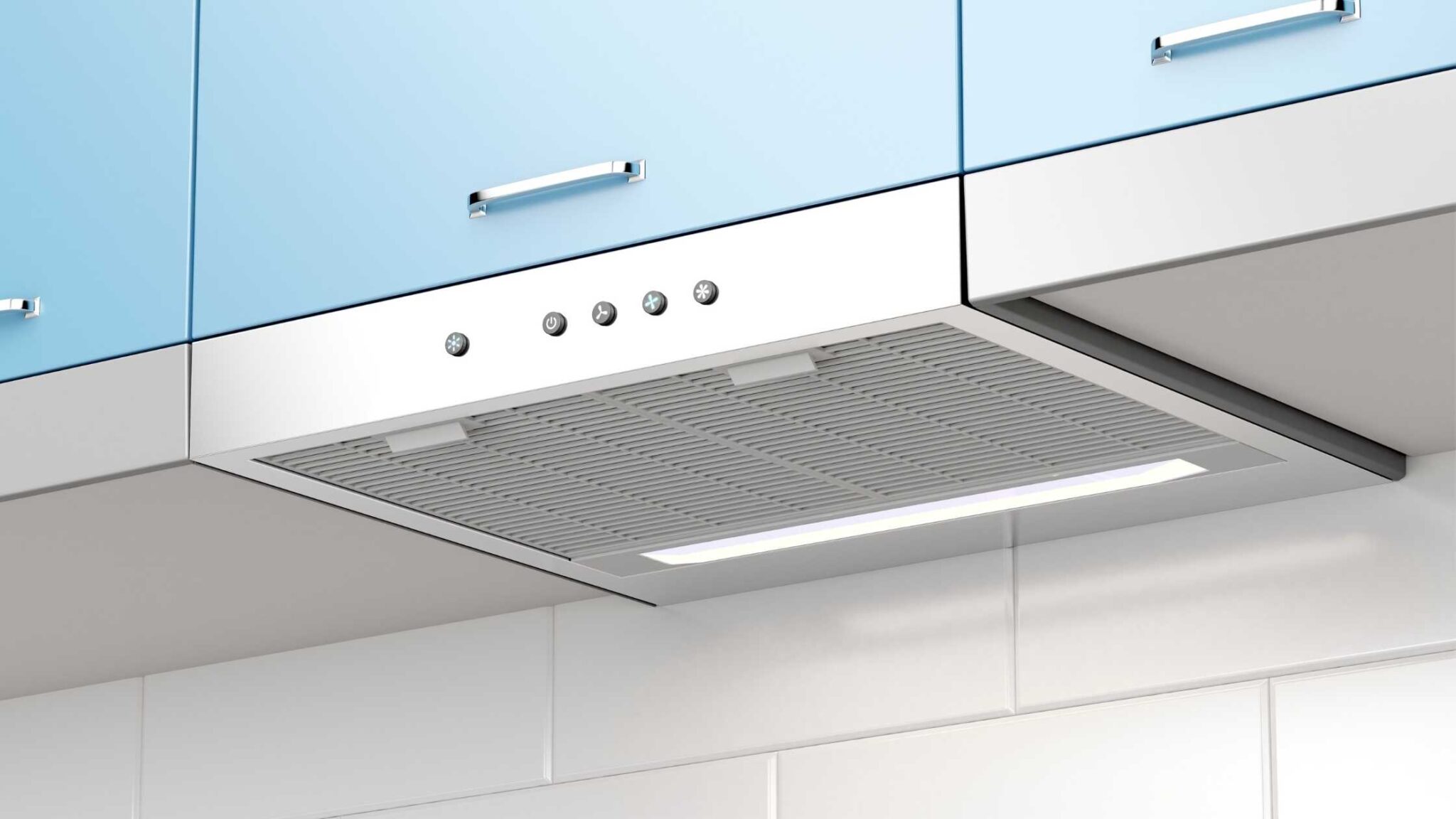
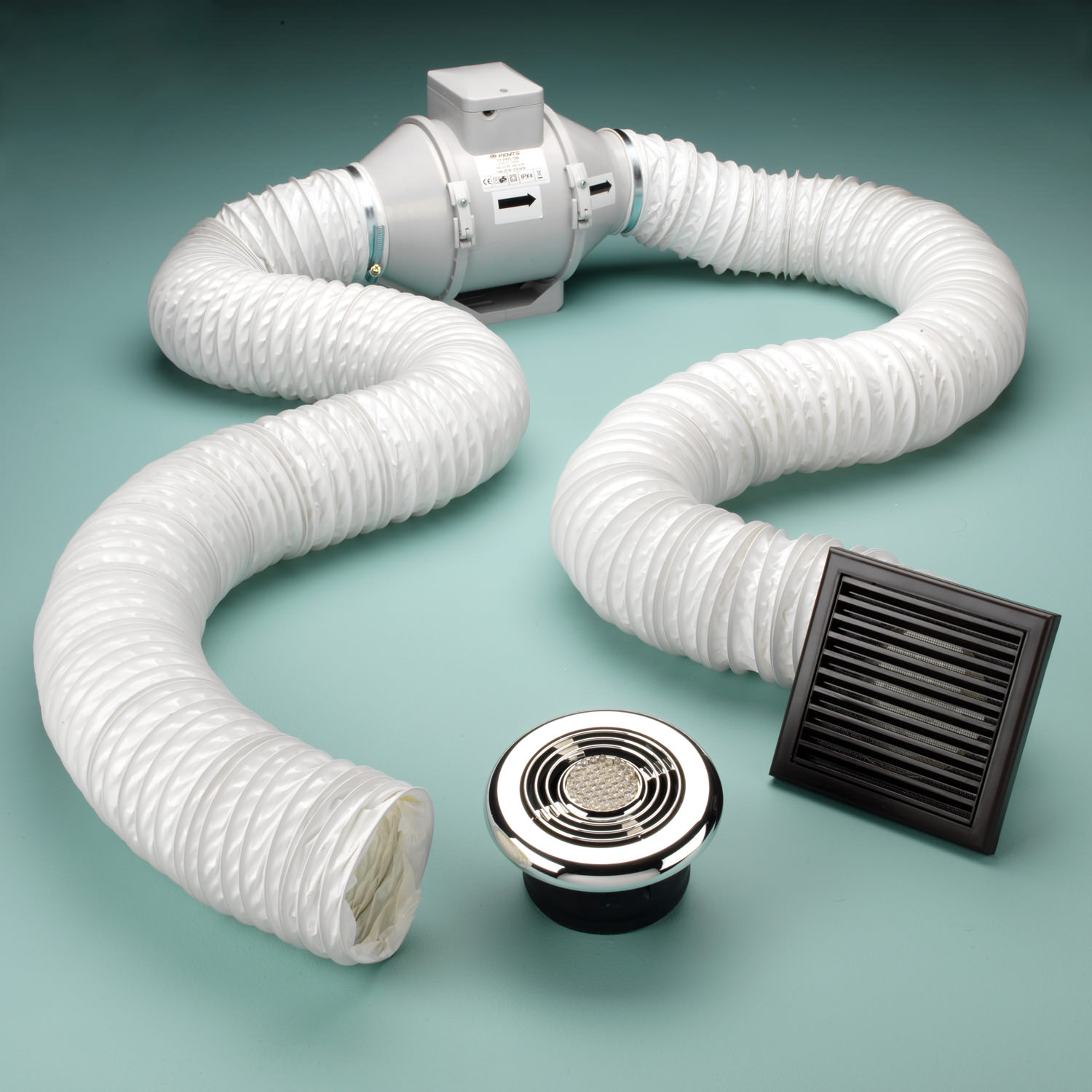
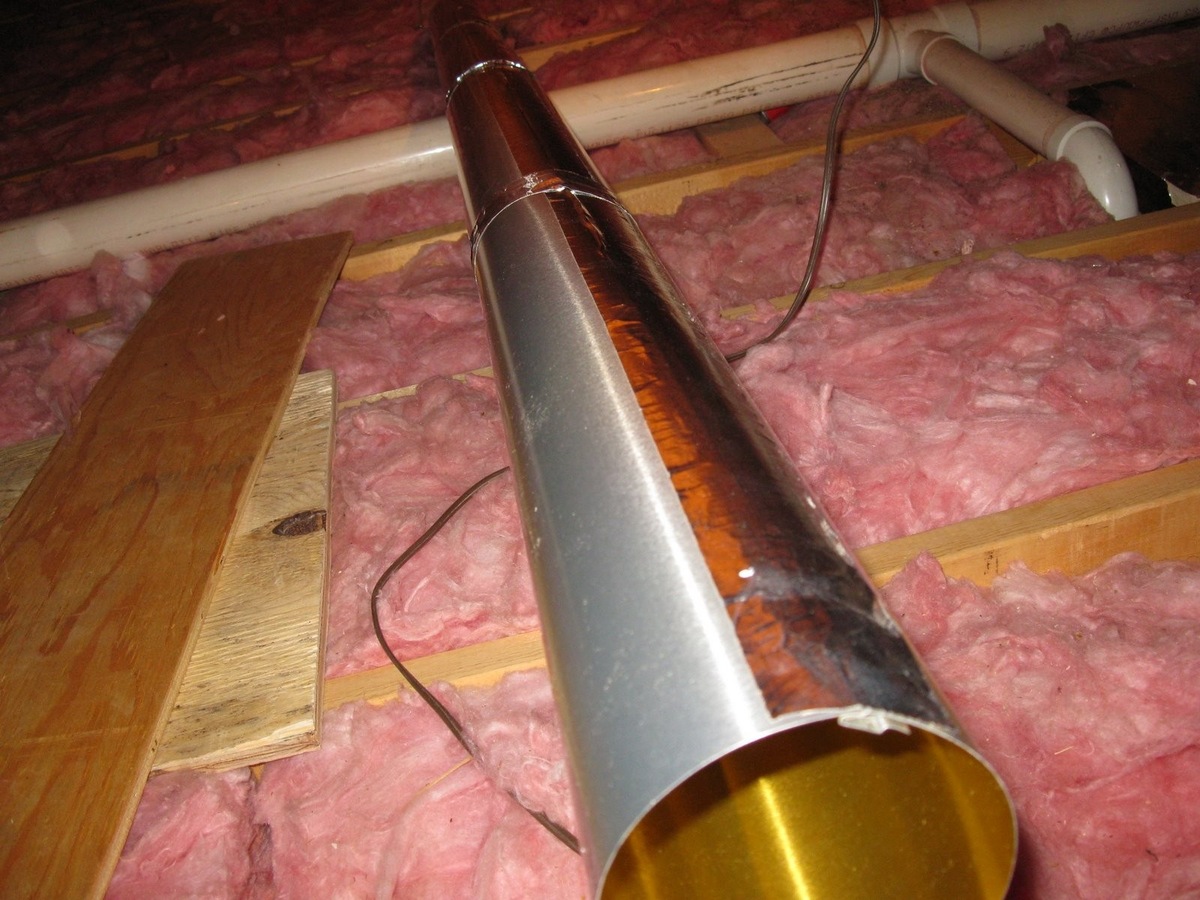
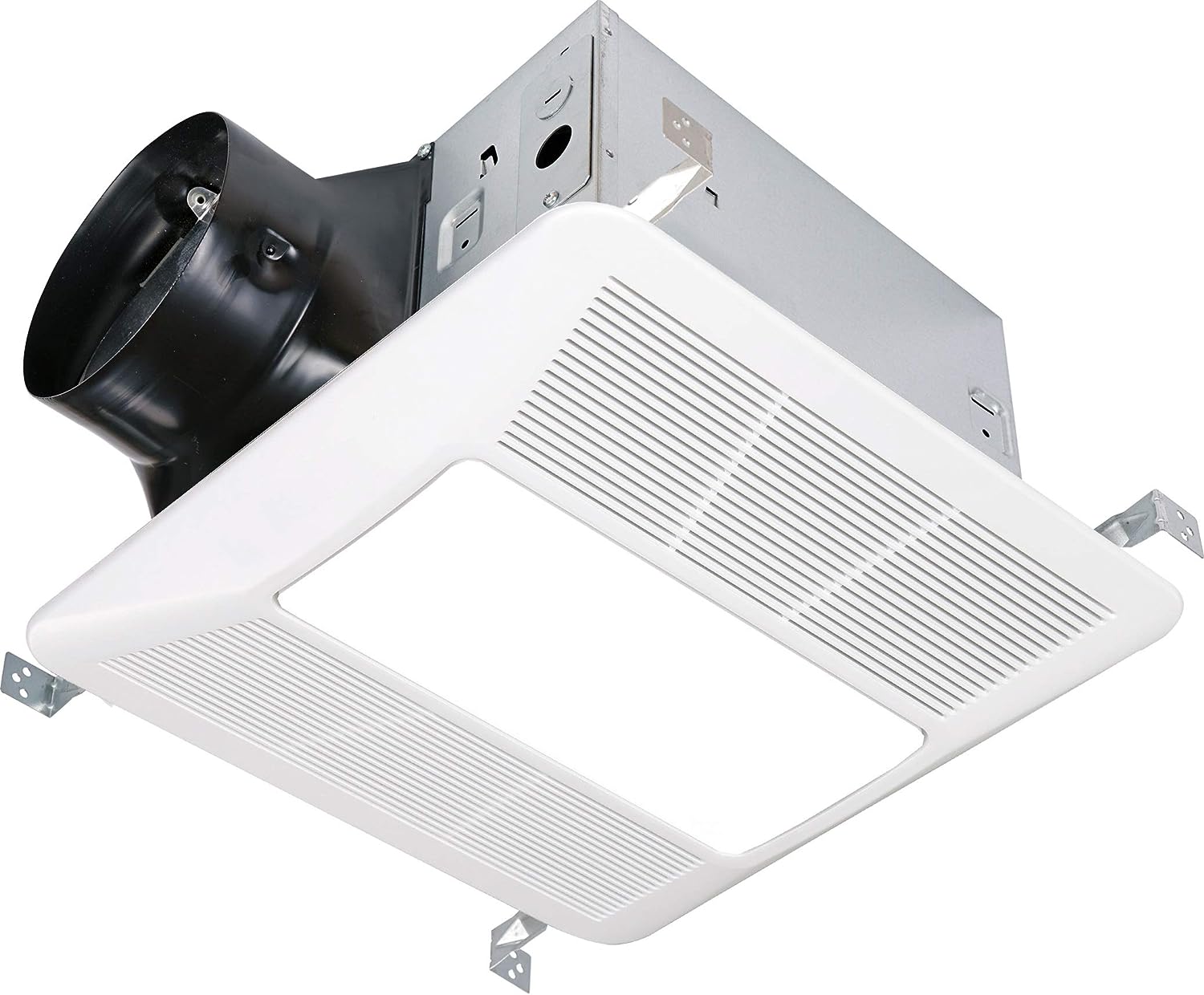
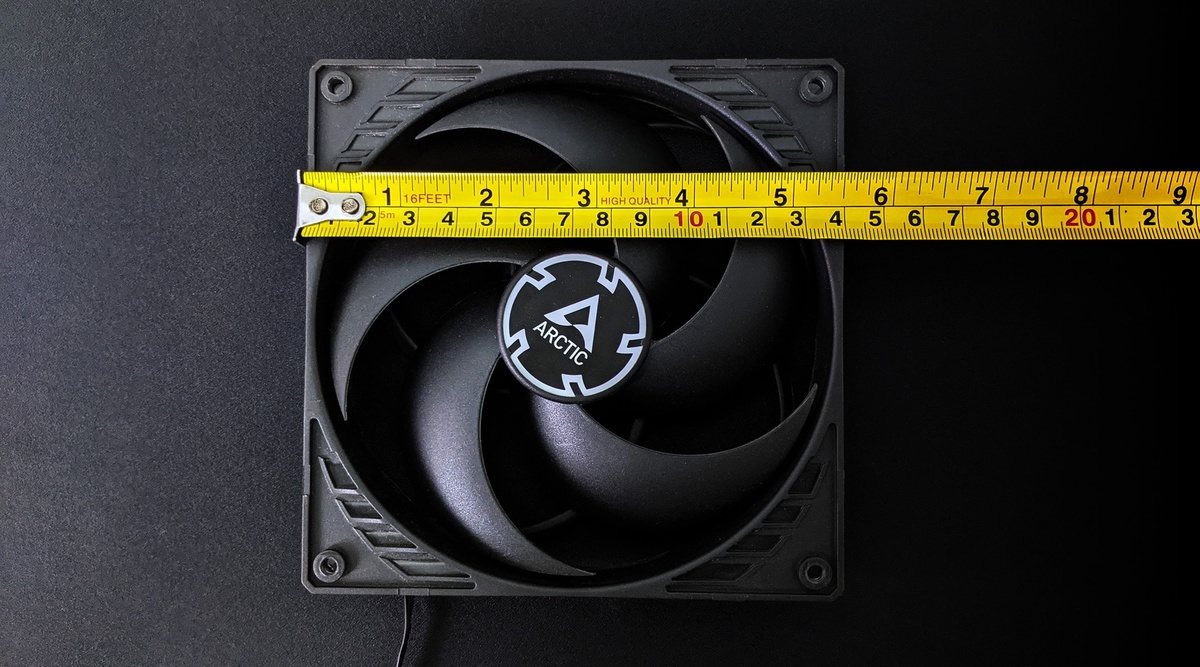

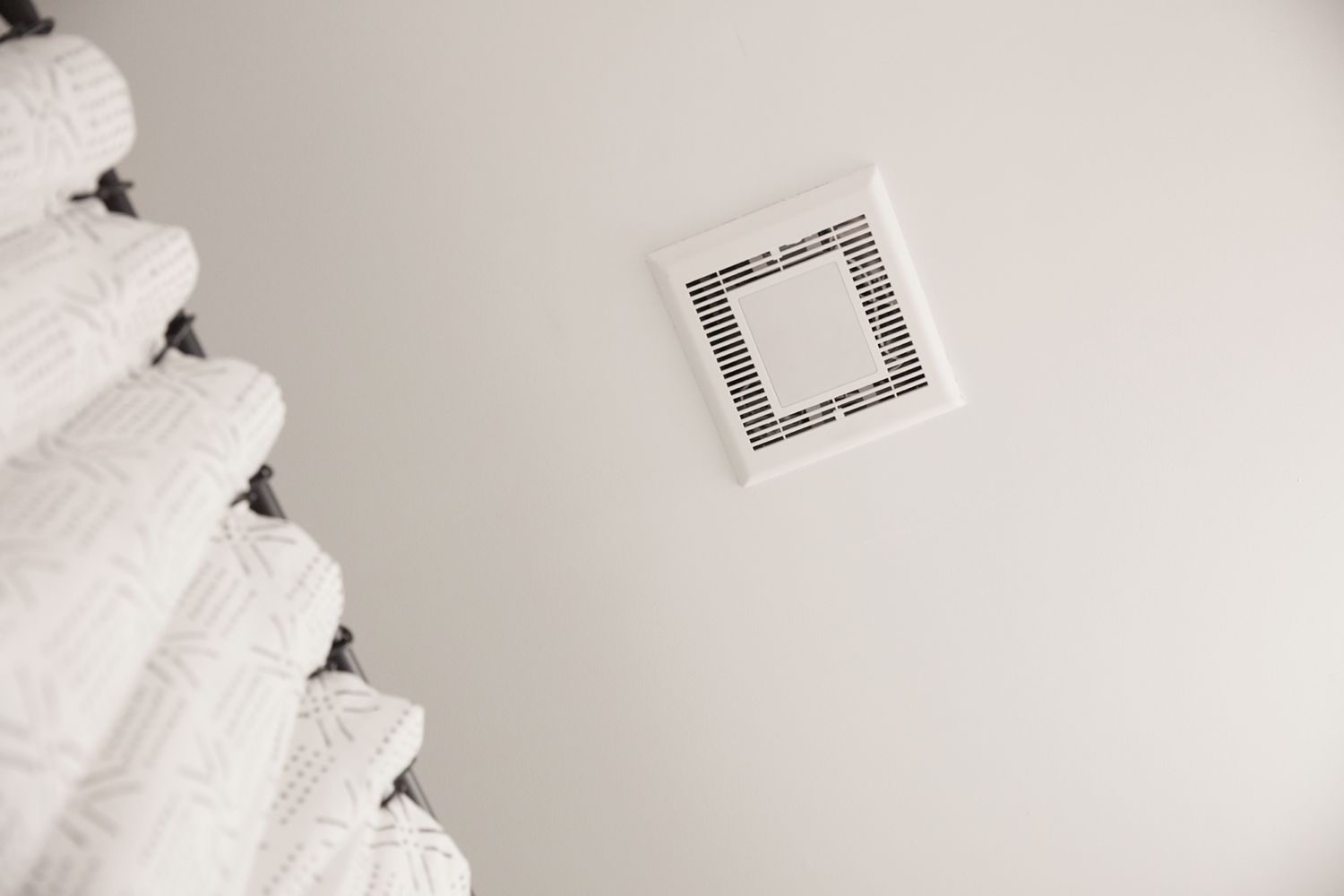
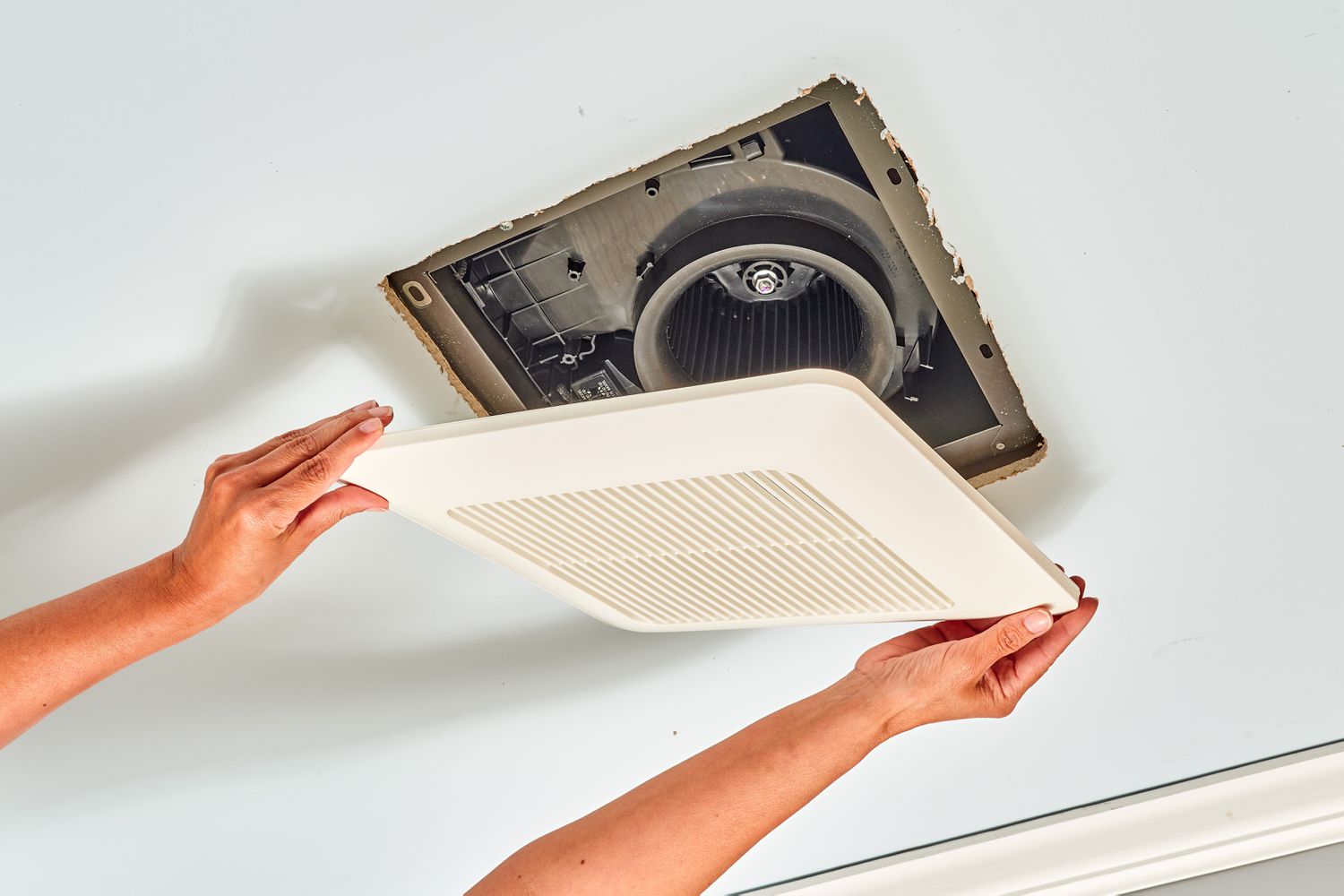
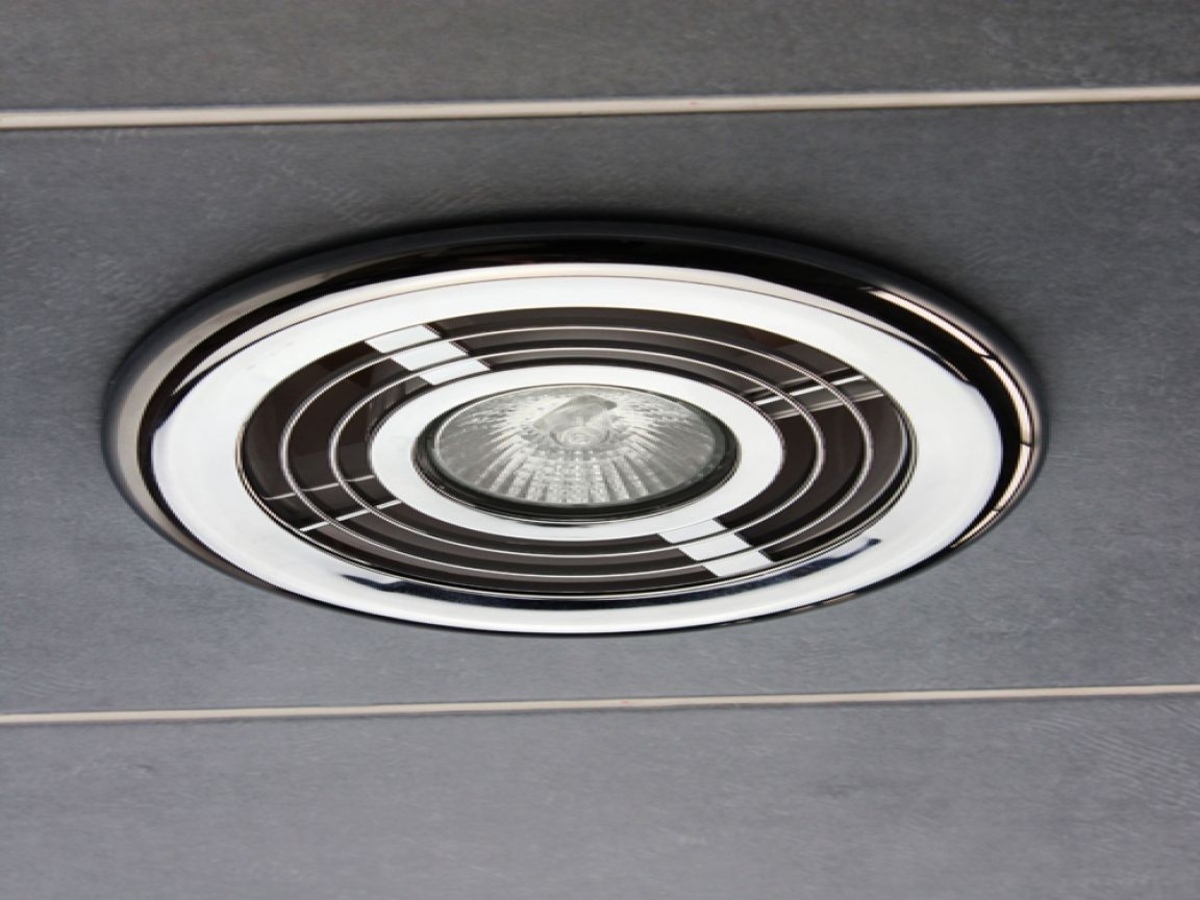
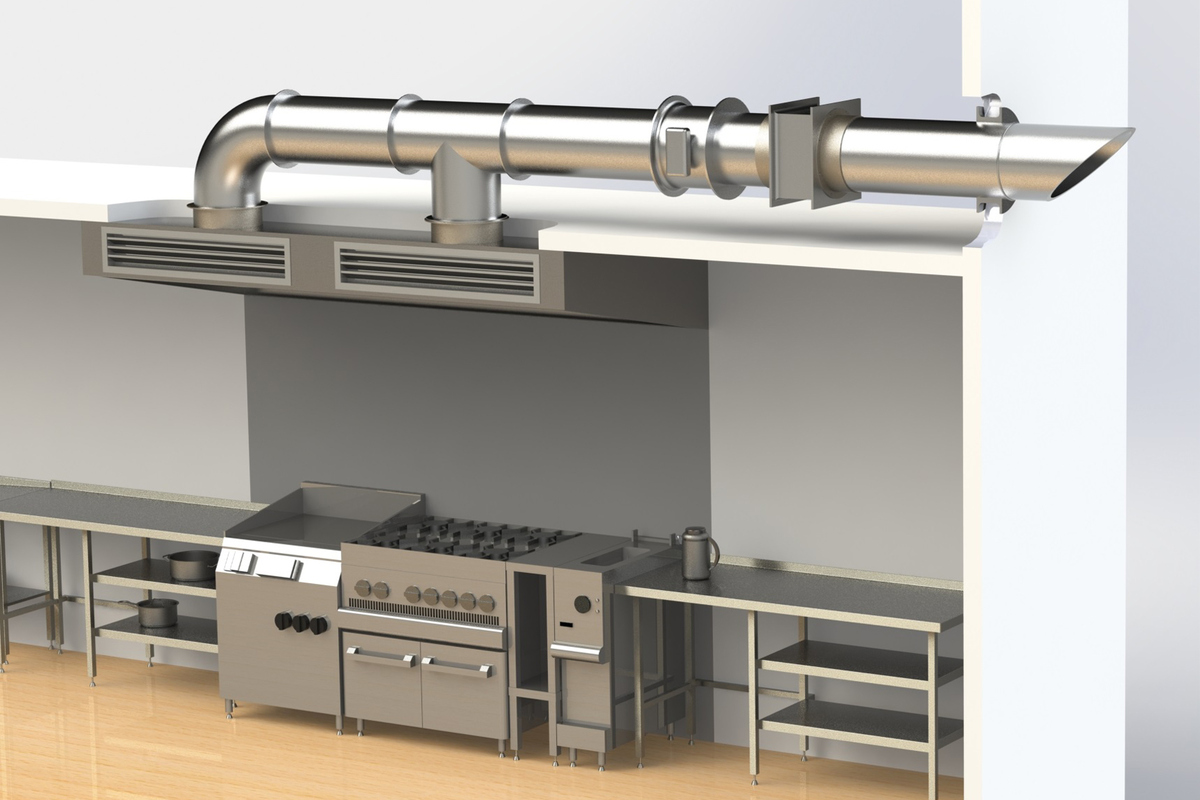
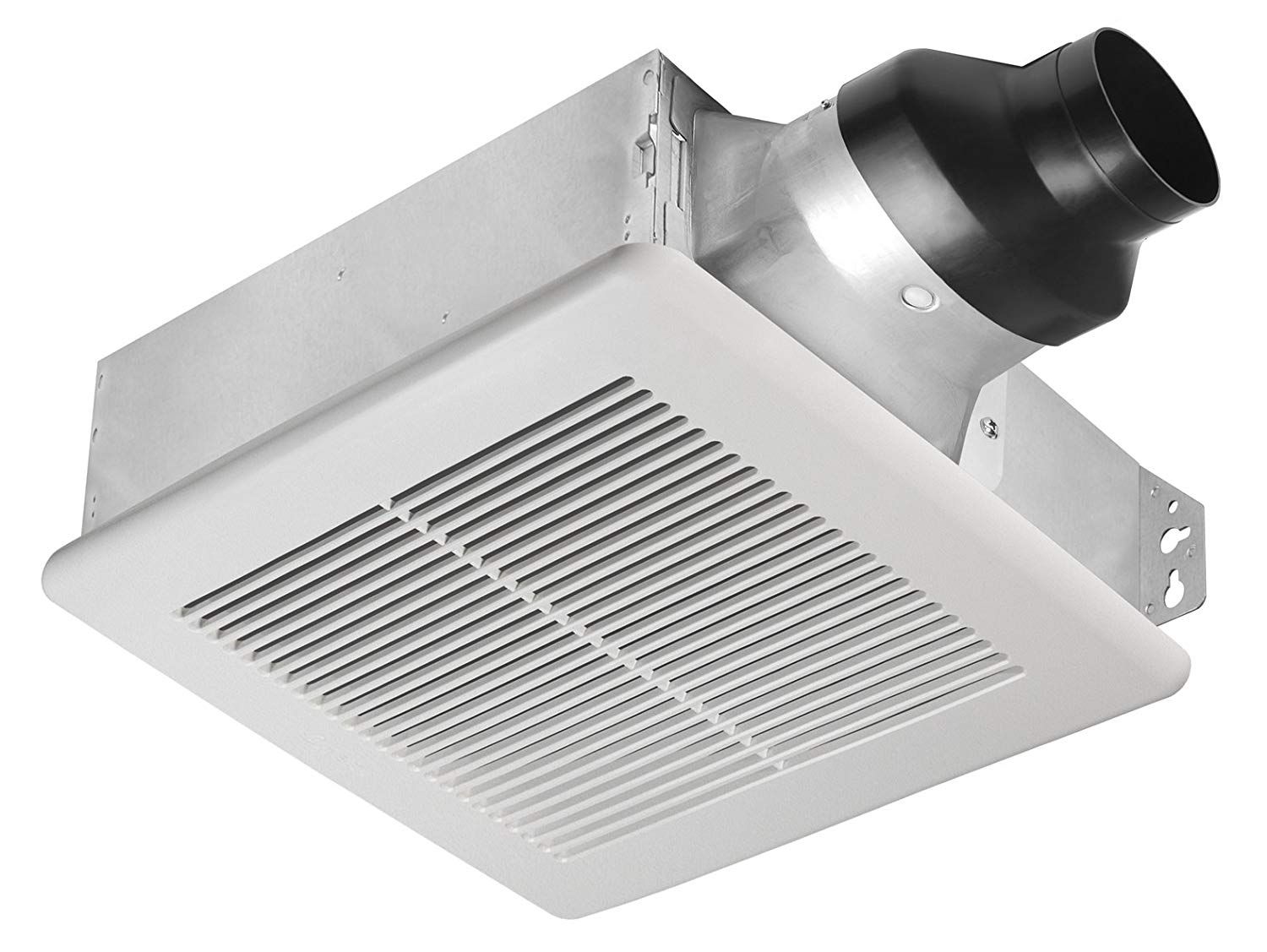
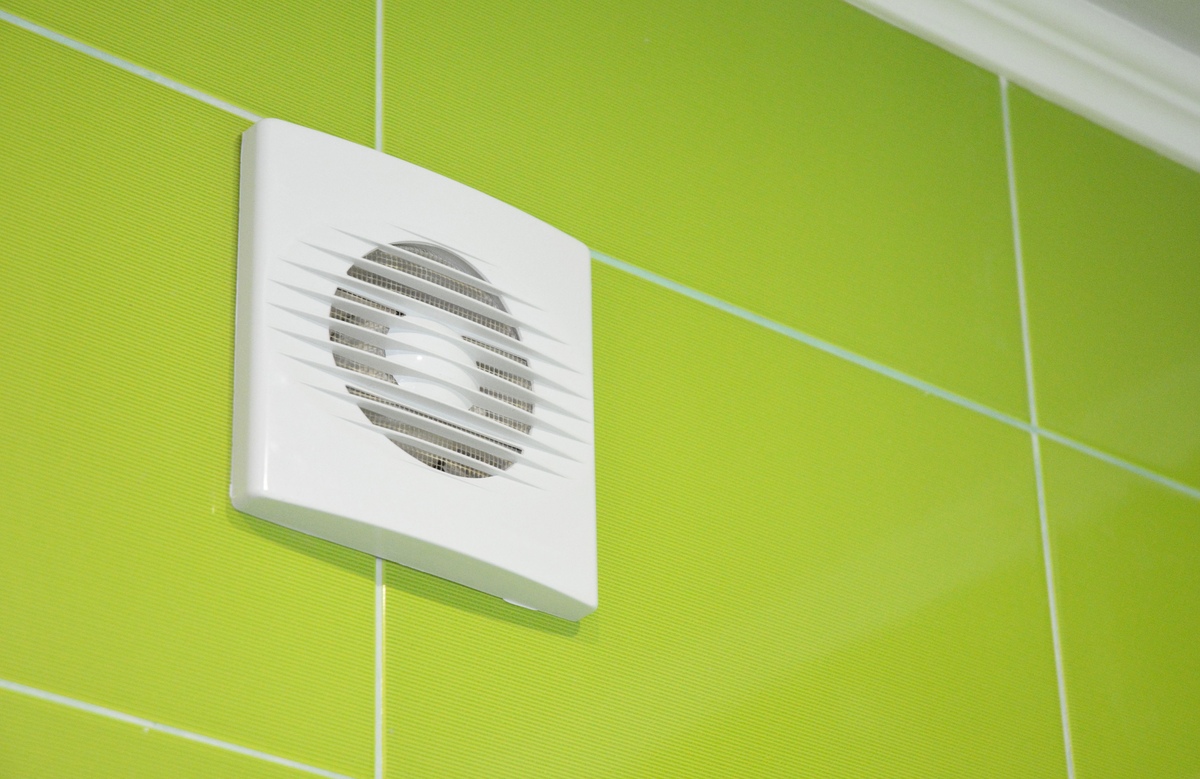
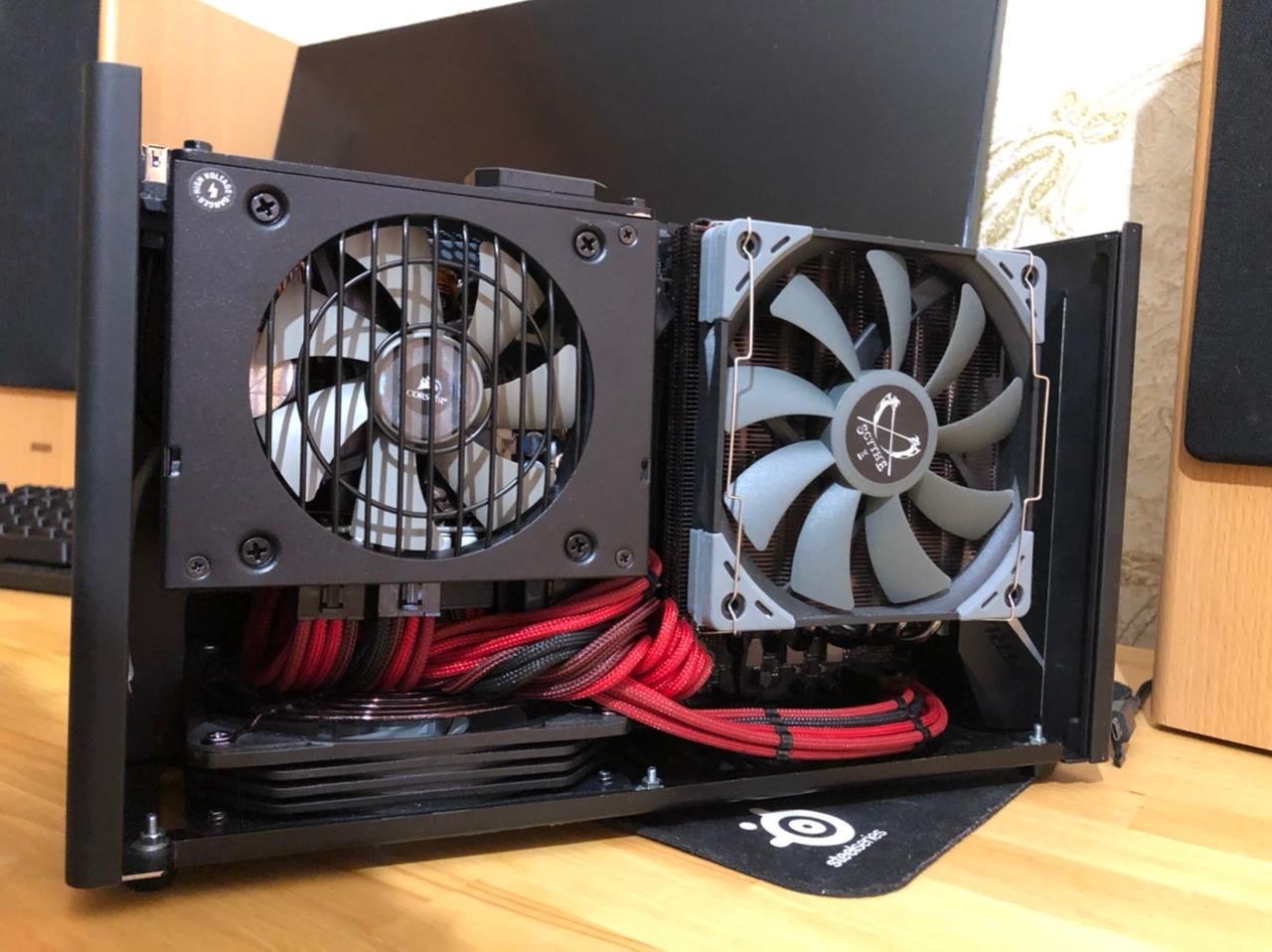

0 thoughts on “What Is An Exhaust Fan”